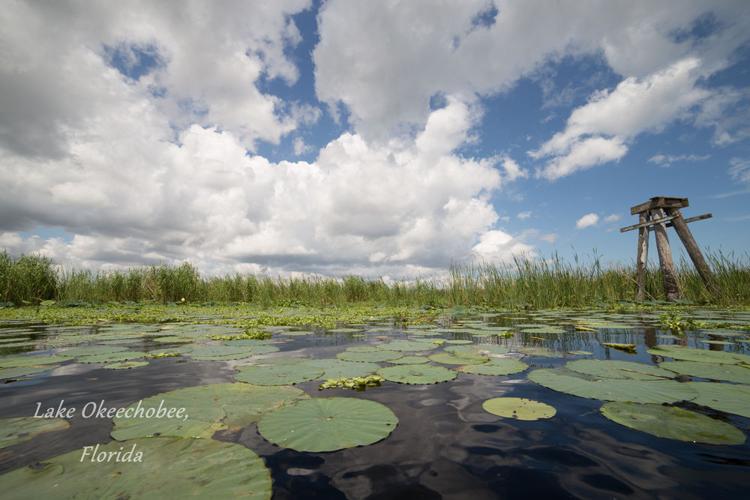The summer’s first blue-green algae blooms on Lake Okeechobee were documented by the Florida Department of Environmental Protection [DEP] last week, including a June 5 manifestation that contained 17.6 micrograms a liter of Microcystin toxins.
Water samples with 10 micrograms a liter or more of Microcystins are considered toxic by the DEP and “hazardous to humans” by the U.S. Environmental Protection Agency [EPA].
Three conservation groups Tuesday sued three federal agencies, demanding Okeechobee releases into the St. Lucie and Caloosahatchee rivers cease until the U.S. Army Corps of Engineers meets a December 2018 commitment to update its release schedule in compliance with the Endangered Species Act.
The lawsuit, filed in the Southern District of Florida in Fort Pierce, contends the Corps, which manages the 730-square-mile impoundment, has failed to address the impacts of Okeechobee’s nutrient-dense discharges into the two rivers.
“They’re not acknowledging that the schedule impacts species other than those in Lake Okeechobee,” said John Cassani of Calusa Waterkeeper, in a joint Tuesday statement by the three groups. “They’re not acknowledging there’s a downstream impact on the Caloosahatchee and St. Lucie estuaries.”
Continue Reading

























